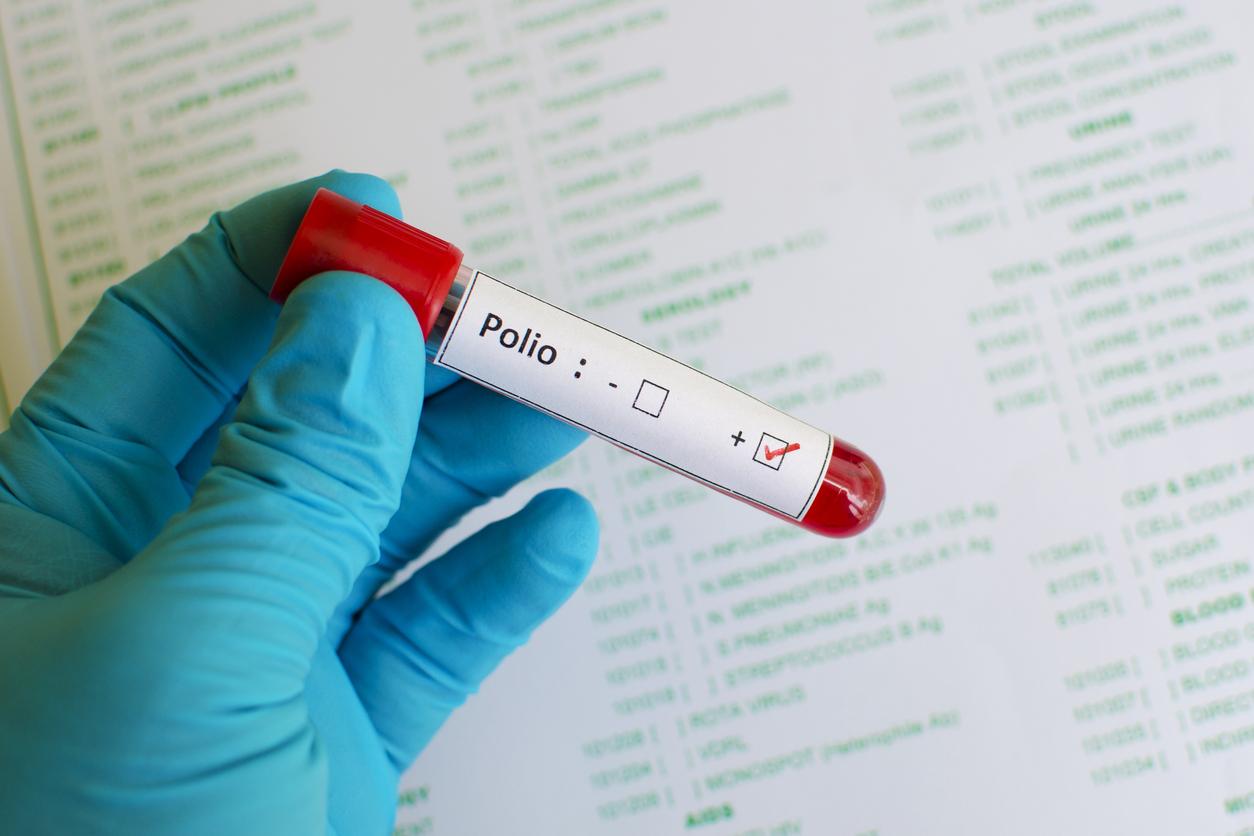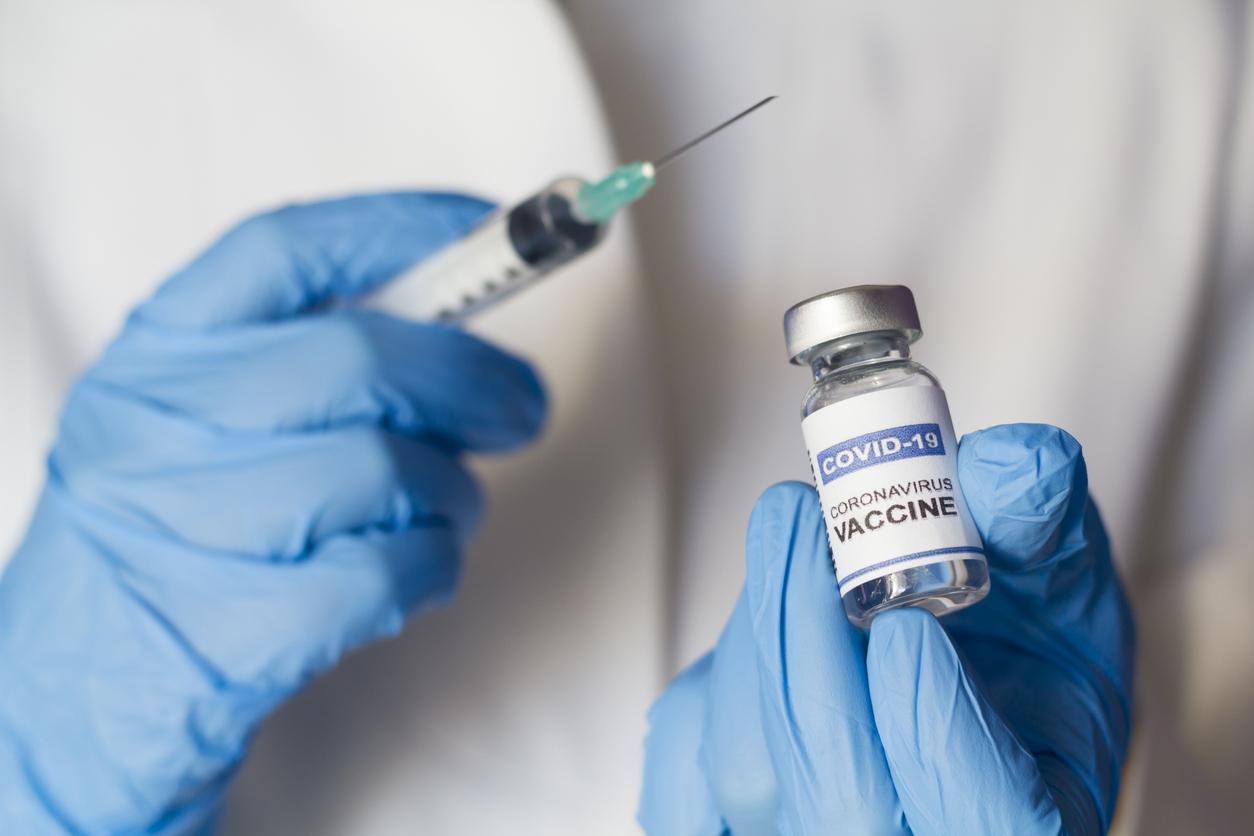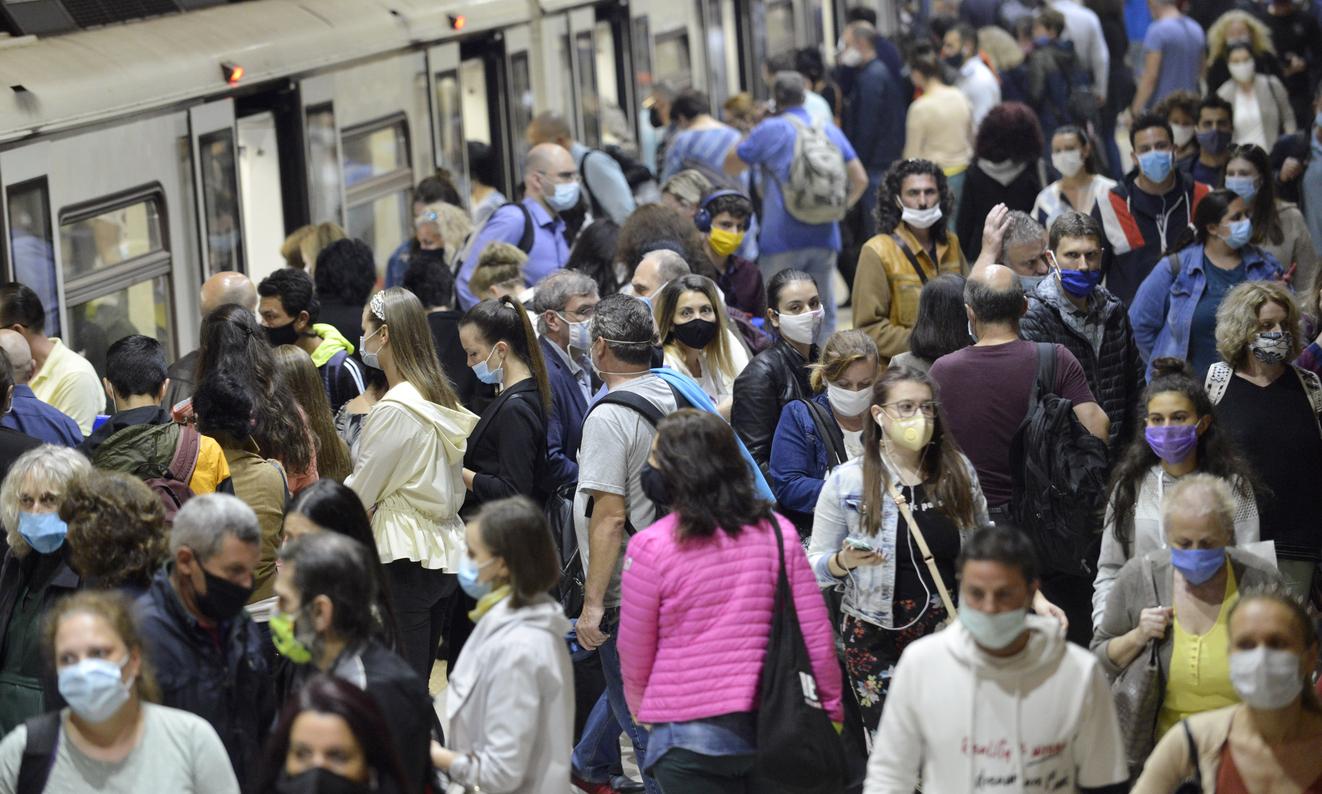Covid-19 XEC variant has ‘slight transmission advantage’

- Covid-19 has developed a new variant called XEC.
- XEC has already been identified in Europe, South America and Asia.
- It is transmitted more easily than the others but triggers the same symptoms.
A new variant of Covid-19 called “XEC” was first detected in Germany and has since attracted the attention of doctors and scientists around the world.
XEC: “It seems to be the next variant of Covid-19”
The XEC “It’s still early days in the world, but it looks like it could be the next dominant variant of Covid-19”, said Dr. Eric Topol, director of the Scripps Research Translational Institute in La Jolla. “It will take many weeks, if not months, before it really takes hold and starts making waves.”he adds.
Dr. Elizabeth Hudson, chief of infectious diseases at Kaiser Permanente Southern California, said current vaccines still provide good protection against XEC. “Indeed, there is some overlap, because the XEC is a sub, sub, sub variant of the original Omicron,” she explains.
XEC: what are the symptoms of this variant of Covid-19?
XEC has already been identified in Europe, South America and Asia. Compared to other variants of Covid-19, it presents a “slight transmission advantage” according to Professor François Balloux, director of the Institute of Genetics at University College London.
In addition to this particularity, the XEC variant of Covid-19 appears to present symptoms unchanged from previous strains: fever, sore throat, cough, body aches, loss of smell and loss of appetite.
XEC: Who is targeted by the Covid-19 vaccination campaign?
“From October 15, 2024, and as recommended by the High Authority of Health in its opinion of February 23, 2023, the two vaccination campaigns against Covid-19 and against influenza will be carried out jointly in France”, recently indicated the DGS (Directorate General of Health).
The targets of the Covid-19 vaccination campaign are as follows:
– all persons aged 65 and over;
– people aged 6 months or older with comorbidities at higher risk of severe disease illness (complicated high blood pressure, chronic heart disease, cancer, etc.).
– immunocompromised people;
– pregnant women;
– residents in residential care facilities for dependent elderly people (EHPAD) and care units long-term (USLD);
– people at very high risk of serious illness depending on each individual medical situation and within the framework of a decision shared with the care teams;
– individuals living in the vicinity of or in regular contact with immunocompromised people or vulnerable, including professionals in the health and social-medical sectors.


















